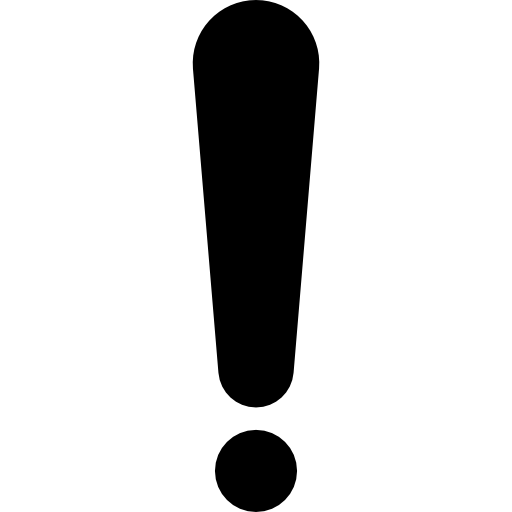
AI-Powered Problem Solving in Creative Industries
The Supermind Creator project aimed to enhance creative problem-solving across various industries by integrating generative AI and collective intelligence methodologies.
This case study explores the development, implementation, and outcomes of the Supermind Creator system, demonstrating its impact on creativity and innovation.

OBSERVATION AND ANALYSIS
The team identified limitations in traditional creative problem-solving methods such as brainstorming, design thinking, and mind mapping, which relied heavily on human ingenuity and collaborative efforts.

PROBLEM STATEMENT
The core problem was defined as the need for more effective and innovative solutions to complex problems in creative industries, which traditional methods alone could not fully address.
Problem Identification

HYPOTHESIS
It was hypothesized that integrating generative AI into these methodologies could overcome the limitations by providing new perspectives and solutions that were not immediately apparent to human thinkers.

BRAINSTORMING
Potential solutions included the development of a system that combines generative AI with collective intelligence frameworks to enhance creative output.

CONCEPTUAL FRAMEWORK
A structured framework was developed, incorporating AI-driven idea generation, data analysis, and personalized user interactions.
Solution Conceptualization

FEASIBILITY ANALYSIS
The feasibility of integrating AI into creative problem-solving processes was evaluated, considering technological resources, user engagement, and potential impact.

KNOWLEDGE DISTILLATION
Implemented a knowledge distillation process where a pre-trained traditional model guided the AI model.

LITERATURE REVIEW
Extensive research on AI in creative problem-solving was conducted to identify best practices and potential pitfalls.

MODEL TRAINING
Initially trained the AI model using supervised learning based on decisions made by the traditional model.

FEASIBILITY STUDY
Consultations with AI experts and pilot testing confirmed the viability of the proposed system.
Theoretical Framework and Initial Planning

DATASET PREPARATION
Collected and validated historical audit data, ensuring it was suitable for both traditional and AI models.
.png)
GAP ANALYSIS
The analysis highlighted the need for a system that could dynamically generate ideas, analyze vast data sets, and provide personalized feedback to users.
DESIGNING THE SUPERMIND CREATOR SYSTEM
Program Specification
A detailed architecture was created, including an intuitive user interface, an API for data processing, large language models (LLMs) for idea generation, and AI agents for dynamic interaction.
Integration Strategy
The system was designed to integrate seamlessly into existing workflows, emphasizing real-world applications and user engagement.
Initial Design
The design included interactive modules, collaborative tools, and features for continuous feedback and improvement.
SUPERVISED LEARNING STAGE
Content Curation
High-quality data sets were curated to train the AI models, ensuring relevance and accuracy.
Mentorship
A mentorship program paired users with AI experts to provide guidance and foster a deeper understanding of the system.
REINFORCEMENT LEARNING STAGE
Simulated Environment
A simulated creative environment was created, allowing users to experiment with AI-generated ideas in a controlled setting.
Policy Exploration
Users explored various AI applications in creative fields such as engineering, software development, and art.
Reward System
Incentives were provided for active participation, innovative idea generation, and successful implementation of solutions.
EVALUATION AND CONTINUOUS IMPROVEMENT
Performance Metrics
Key performance indicators (KPIs) were established, including user engagement, idea quality, and impact on creative processes.
Feedback Loops
Regular feedback from users and experts was collected to refine the system continuously.
Continuous Learning
The system was designed to adapt and evolve, incorporating new AI technologies and methodologies.
The integration of generative AI significantly improved the quality and diversity of ideas generated, leading to more innovative solutions.
Users reported a greater ability to solve complex problems efficiently, leveraging AI-generated insights and recommendations.
The system facilitated better collaboration across multidisciplinary teams, combining human and AI capabilities.
The application of AI-driven solutions streamlined creative processes, reducing time and resource expenditure.
Outcomes and Impact
Innovation Incubator